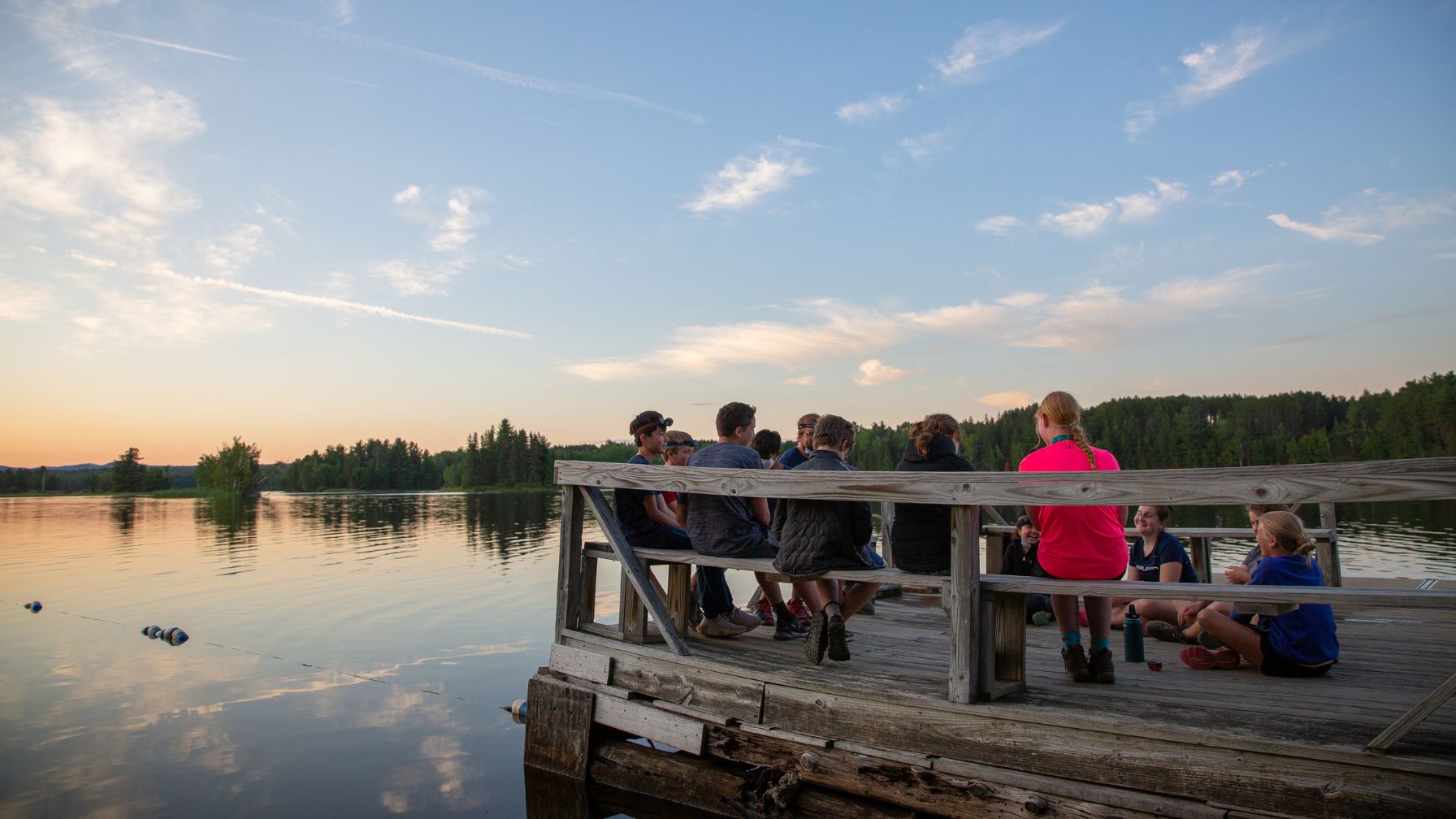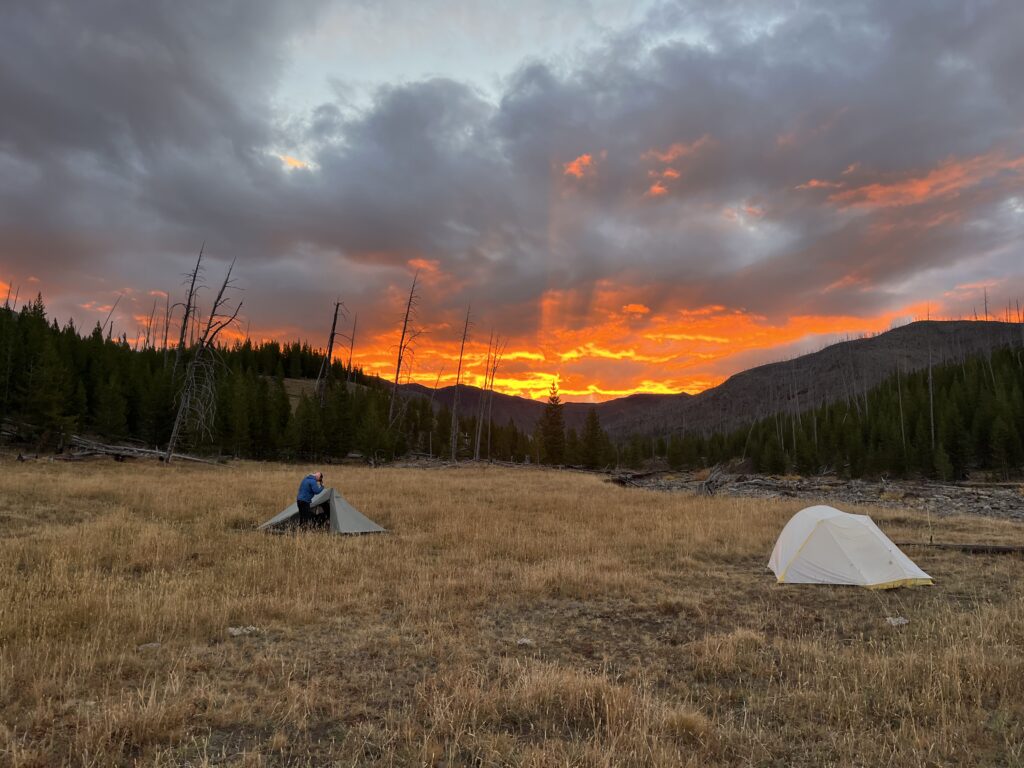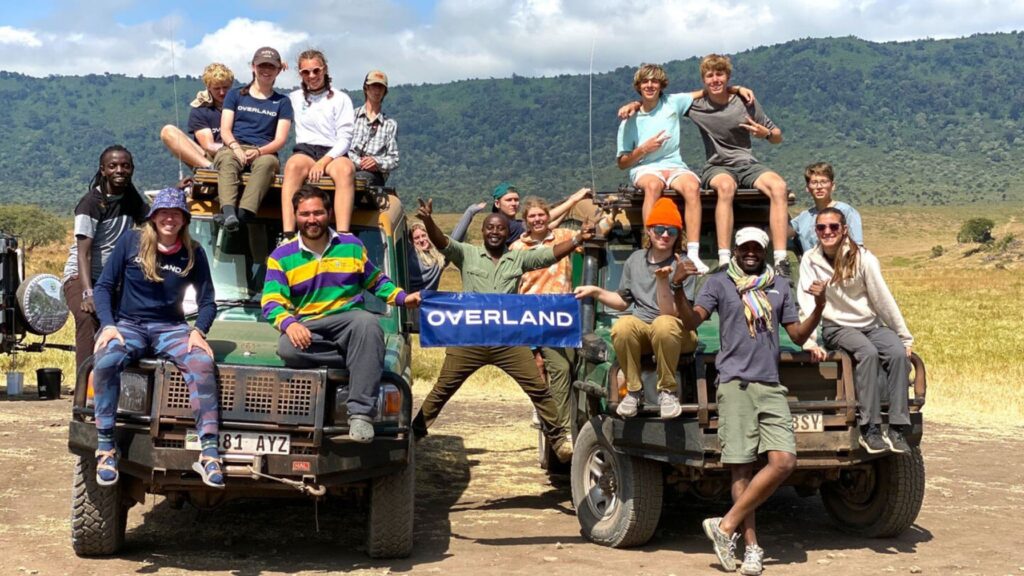Choosing the right summer camp can feel like a big decision. With so many options available, it’s helpful to know what really matters when narrowing down your choices. Whether you’re exploring day camps close to home or week-long travel programs across the country, the best fit will depend on your child’s personality, your family’s schedule, and the kind of experience you’re hoping for.
If you attended camp as a kid, then you know that the experience provides numerous social and educational benefits. However, the key to a good experience is picking the right camp experience for your child’s personality and interests. This guide breaks down the key questions to ask and how to make a confident, informed decision.
How to Choose a Summer Camp – What Parents Should Keep in Mind:
- The child’s personality and interests
- There are different types of summer camps with different goals
- Practical criteria like budget, distance, and timing
- Vet the camp for safety and accreditation before completing enrollment
- Allow the child to be part of the research
- Compare trips by making a shortlist
- Enrollment paperwork, including medical forms, should be completed early in order to get a spot
It’s your child’s turn to learn, grow, and make new friends out in nature! This article will discuss how to choose a summer camp for your child. There are 7 questions you should consider as you narrow down the camp options:
What Parents Should Keep in Mind
1. Your Child’s Personality and Interests
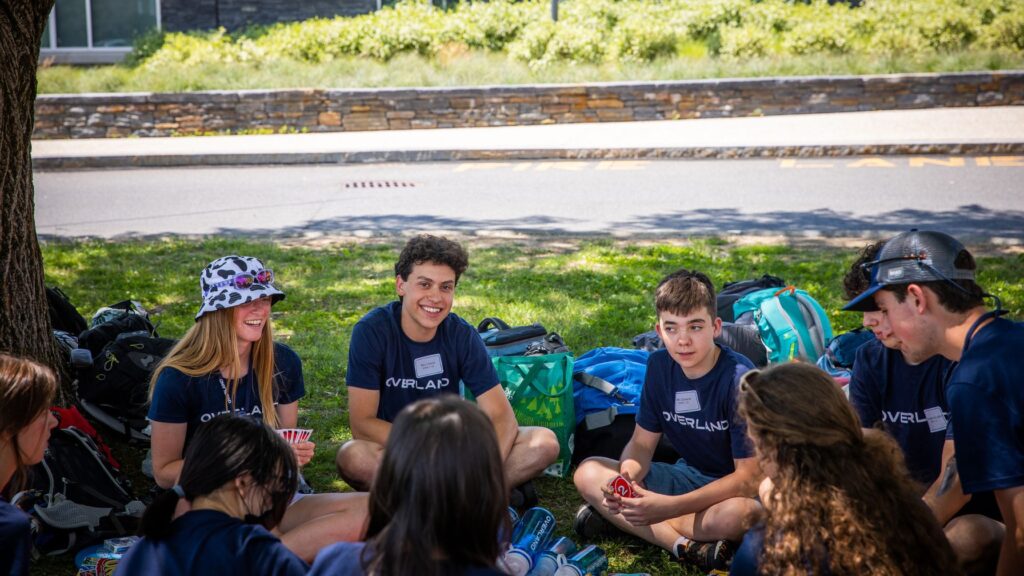
A child is more likely to thrive at camp when the environment and activities align with who they are. Introverted kids may prefer smaller group settings, low-key social dynamics, or camp structures that offer downtime and one-on-one interaction. Extroverted kids often enjoy team activities, opportunities to take the lead, and fast-paced, social experiences.
Also consider what lights your child up—whether it’s hiking, sports, language, arts, or community service. Many camps now offer themed or specialized programs tailored to those interests. For example, programs like Overland Summers offer small-group adventure, service, and language trips that appeal to a range of activity preferences and social styles.
Encouraging your child to be part of this conversation is key. Ask what excites them, what they’re nervous about, and what kind of trip sounds like the most fun.
2. Understand the Types of Summer Camps
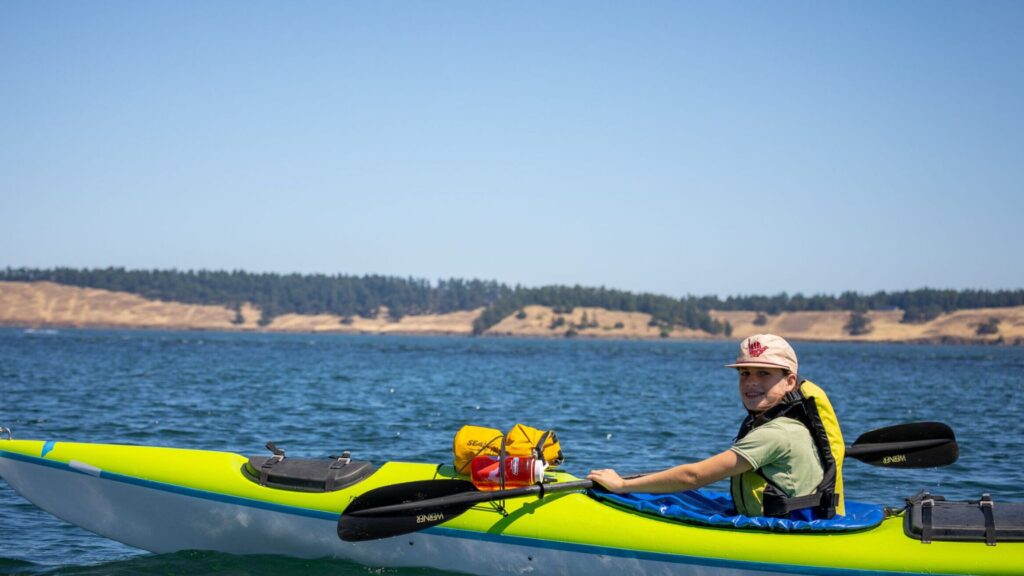
Summer camps come in many shapes and sizes, each with its own focus. Some are designed purely for fun and socializing, while others are structured around learning, leadership, or outdoor adventure. Understanding the different categories can help narrow your search.
- Adventure and travel camps take campers into the outdoors for hiking, backpacking, rafting, or cultural exploration. These are well-suited to older kids and teens who want a more independent and physically active experience. Adventure camps are all about hiking, sometimes upwards of 5 miles a day. These trips have day hikes, frontcountry hikes, and backcountry hikes, as well as extra activities like rafting, biking, or kayaking.
- Language learning camps combine cultural immersion with language instruction, ideal for teens who are curious about the world and want to build their language skills outside of a classroom. Students typically attend classes in the morning and explore the surrounding area in the afternoon through guided excursions, hikes, or cultural visits.
- Traditional Camps offer a mix of activities like swimming, archery, crafts, and campfires. These are great for younger campers who want variety and a classic experience.
- Specialty Camps focus on a particular interest, such as music, robotics, sports, or theater. These programs are ideal for kids who are passionate about a specific hobby or skill.
- Academic or Enrichment Camps combine summer fun with learning, offering classes in subjects like STEM, writing, or even SAT prep.
For families seeking adventure-based travel with a balance of structure and freedom, Overland Summers offers a variety of trips in the U.S. and abroad. Programs range from beginner hiking trips to more challenging expeditions and cultural immersion experiences with language learning.
3. Practical Considerations: Budget, Distance, and Timing
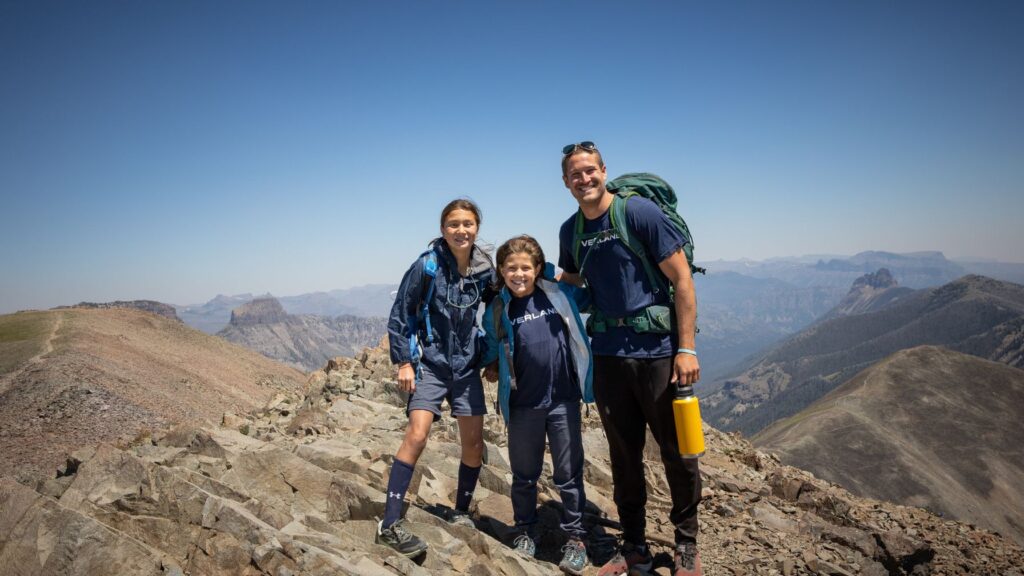
Once you’ve matched your child’s personality to a type of camp, it’s time to think about the logistics. The best camp fit will also work with your family’s budget, schedule, and travel preferences.
Budget
Camp prices vary widely depending on duration, location, and offerings. Day camps are generally more affordable, while sleepaway and travel-based programs tend to be more expensive. Factor in additional costs like gear, transportation, and spending money. Some camps offer scholarships or tiered pricing, so be sure to ask about financial aid options.
Programs at Overland Summers are up front about trip pricing and what’s included. Trips range in duration, with all meals, accommodations, and activities covered—helpful for families trying to budget in advance. Be sure to check for payment policies for any camps you are considering.
Distance
Some families feel most comfortable starting with a local or regional camp, especially if it’s a child’s first time away from home. Others are open to cross-country or even international travel, particularly for older, more independent teens. Think about whether your child is ready for a flight or prefers a camp within driving distance.
Overland groups meet in central locations and are met by leaders at the airport or by families on site. Learn more about our trip logistics and travel support.
Timing
Summer calendars fill up quickly, and many families are balancing vacations, sports, and other commitments. As you create your shortlist of camps, check how each program fits within your existing schedule. Some camps offer flexible start dates or multiple sessions to choose from.
Starting your research early will give you more choices, especially for high-demand weeks or popular programs.
4. Check for Safety Standards and Accreditation
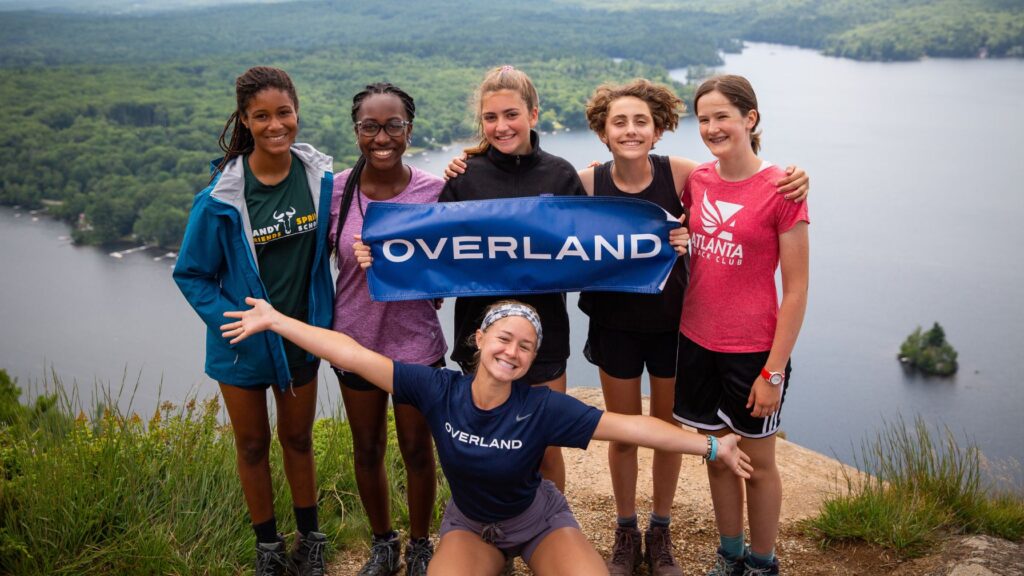
A camp’s reputation is important, but so are the safety protocols and standards behind the scenes. Before enrolling, take time to vet the camp’s approach to health, supervision, and risk management. Be on the lookout for red flags, which can include unsafe staffing numbers, lack of training on common medical needs, and poor communication between camp staff and counselors.
Here are a few questions worth asking or looking for on a camp’s website:
- What training do staff members receive?
- What is the staff-to-camper ratio?
- How does the camp handle medical situations or emergencies?
- What are the communication policies for campers and parents?
Programs like Overland Summers share detailed information about our safety practices and staff training. While no camp can eliminate all risk, high standards and strong communication go a long way in giving families peace of mind.
5. Involve Your Child in the Research
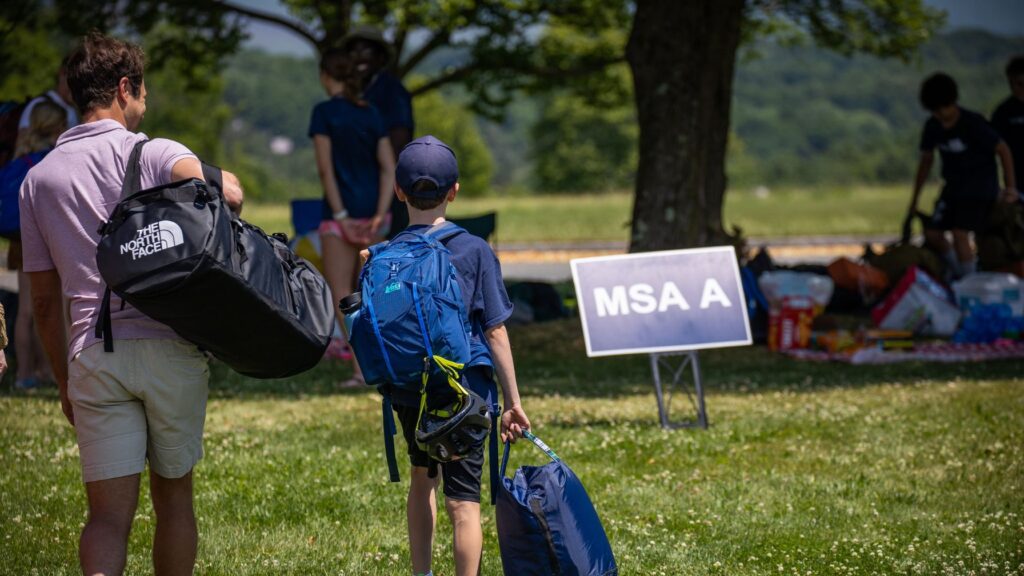
The best camp experiences often start before a single bag is packed—when kids feel like they’ve had a say in choosing the program. Including your child in the research not only builds excitement but also helps ensure the trip fits their interests, comfort level, and social style.
Browse camp websites together and watch videos or read testimonials from past campers. Ask your child what kinds of activities they find fun or meaningful, and which ones might feel like a stretch. Some kids thrive in structured, high-energy environments, while others prefer more low-key or flexible schedules.
Allowing your child to pick their top 2–3 trip choices can help narrow the list while still keeping the final decision grounded in logistics like timing, cost, and travel.
For example, Overland Summers offers a trip comparison tool that allows families to sort trips by grade, activity level, and destination—making it easier to compare options and talk through what each experience might be like.
This step gives kids a sense of ownership and often eases pre-camp jitters. It also sets the tone for independence and self-discovery, which are central to most camp experiences.
6. Compare Camps by Making a Shortlist

Once you’ve evaluated key factors like timing, cost, and safety, it’s time to narrow your options. Creating a shortlist of 2–4 camps makes it easier to compare programs side by side.
Here’s what to look for as you evaluate:
- Program focus: Does the camp specialize in something your child is genuinely excited about?
- Group size and structure: Is it a tight-knit group or a large-scale operation? How are campers grouped by age or skill level?
- Location and length: Is it close to home or in a new region? Is the trip one week, two weeks, or longer?
- Included activities and services: Does the program cover travel, meals, and gear, or are there additional costs?
7. Don’t Wait—Complete Enrollment Early
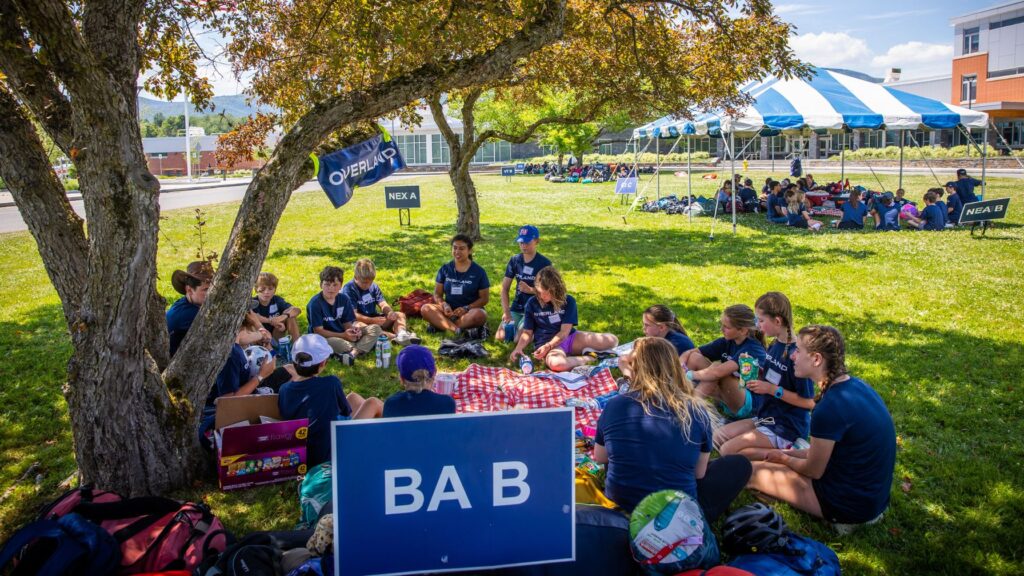
Many camps begin accepting applications as early as the late summer or fall for the following summer—and popular programs often fill up months in advance. Once you’ve decided on the right camp, it’s best to submit your application early to reserve a spot, especially if your child hopes to attend with a friend or has specific trip preferences.
Most camps require basic medical forms, emergency contacts, and participant waivers. Be sure to review what paperwork is needed and confirm any deadlines. If your child has allergies, medications, or special dietary needs, notify the camp staff during the enrollment process so they can plan accordingly.
Overland Summers, for instance, recommends families apply before March 1 for the best availability. Their site also provides clear guidance on how enrollment works and what to expect before, during, and after the trip.
Early registration also gives your family time to plan travel, gather any necessary gear, and help your child prepare emotionally for their time away.
What Are the Benefits of Summer Camp for Kids and Teens?
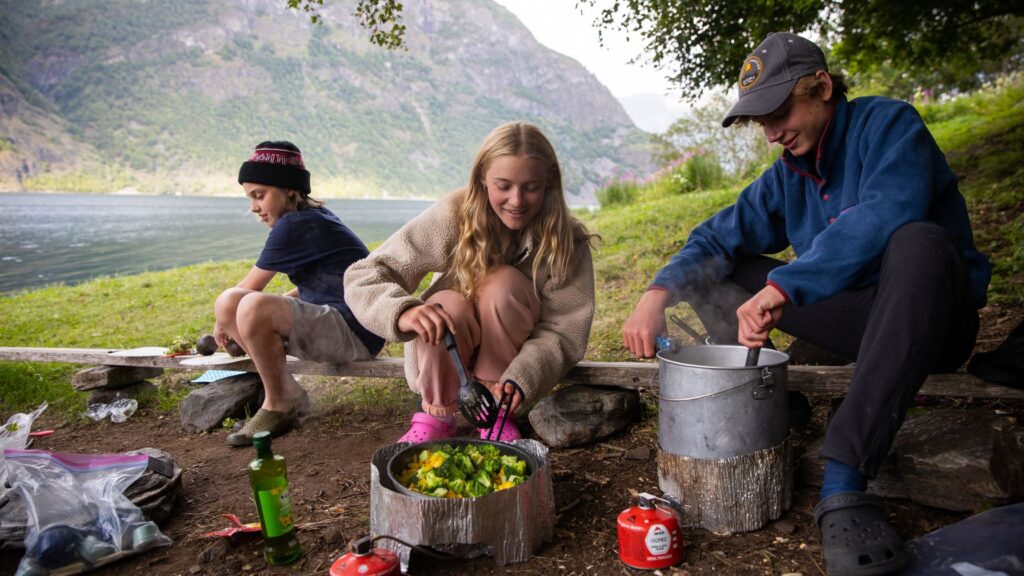
When you go through the process of how to choose a summer camp for your child, you’ll be pleased to know that the benefits of camp are well-documented and supported by the Harvard Graduate School of Education.
When you send your child to camp, they get these social, emotional, and intellectual benefits:
- Build confidence through new challenges
- Develop strong social and teamwork skills
- Explore new interests and hobbies
- Improve problem-solving and decision-making skills
- Gain resilience through structured routines
- Form lasting friendships
- Improve school readiness with out-of-the-classroom learning
Frequently Asked Questions
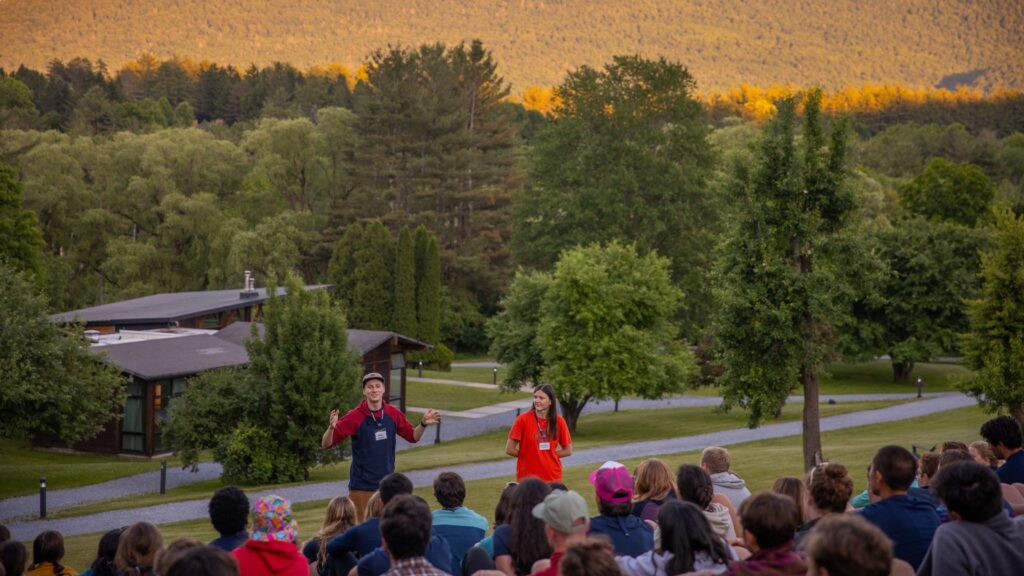
Got questions? Here are answers to the most common ones about how to choose a summer camp.
What age is best to start summer camp?
Many kids are ready to start day camp around age 5 or 6, especially if they’ve had some experience with structured group activities. Sleepaway camps often begin accepting children at age 7 or 8. The ideal age varies based on your child’s emotional maturity, readiness for independence, and excitement about attending. When considering how to choose a summer camp, look for options that align with your child’s stage of development—not just their age.
What if my child has anxiety?
It’s completely normal for children (and parents!) to feel anxious about summer camp. Choose a camp with smaller group sizes and experienced staff trained to support emotional well-being. Before camp, talk positively about the experience, share videos or pictures of the camp, and help your child visualize what to expect. Practicing sleepovers and encouraging independence in small ways at home can also help reduce anxiety. If needed, speak to the camp director about any accommodations or support available.
What is the best age to go to summer camp?
There’s no one-size-fits-all answer, but most kids thrive at camp between ages 8 and 16. Younger children benefit from beginner or shorter-duration camps, while pre-teens and teens can handle more adventurous or specialized programs. Camps like Overland Summers offer age-specific trips that match kids’ physical abilities and social needs, making it easier to find the right fit.
What should your child pack for summer camp?
Avoid packing anything expensive, unnecessary, or prohibited. This typically includes:
- Electronics (phones, tablets, gaming devices)
- Food or candy (due to allergies and wildlife concerns)
- Jewelry or sentimental valuables
- Toiletries with glass containers
Check the camp’s specific packing list and rules, and when in doubt, reach out to the staff.
How can I help my child feel less anxious about camp?
The best way to calm nerves is through preparation and encouragement. Let your child help pack, share stories from your own camp experiences, and create routines they can practice at home. Choosing the right camp plays a big role here too. When learning how to choose a summer camp, look for programs that offer strong communication, a supportive environment, and thoughtful onboarding—especially for first-time campers.
My Child is Ready to Go to Summer Camp! What are the Next Steps?
Once you’ve explored your options and found a camp that fits your child’s interests and needs, the next step is enrollment. It’s a good idea to apply early, as many camps fill up quickly—especially those with limited group sizes or the option for friends to attend together.
If you’re considering a program like Overland Summers, each trip includes a detailed overview by grade level, activity type, and destination. Popular trips may close out well before spring, so early registration increases your chances of securing your preferred spot.
Whichever camp you choose, this is the beginning of something exciting. Summer camp offers kids the chance to build confidence, try something new, and create memories that will last long after the trip ends.
